I am starting with learning Python. I currently have the following small piece of code:
a = float(input())
b = float(3)
while a < b:
print(a + 0.0001)
a+=0.0001
This counts, but there appear decimals in the end of the float. Why do they come there and what are they?
Output:
